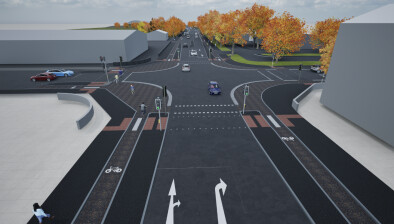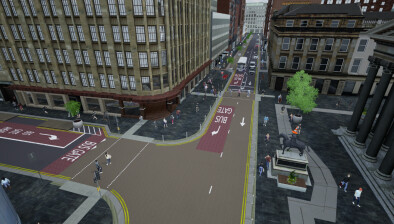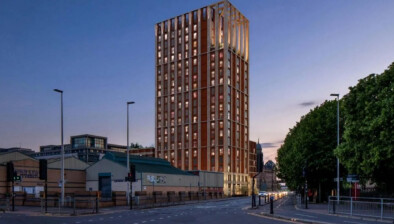Development plans for Govan, Partick and Clyde Corridor taken forward
Strategic Development Frameworks (SDFs) for Govan, Partick and the Clyde Corridor will be submitted to Scottish Ministers as supplementary guidance to the City Development Plan, a Glasgow City Council committee was advised yesterday.
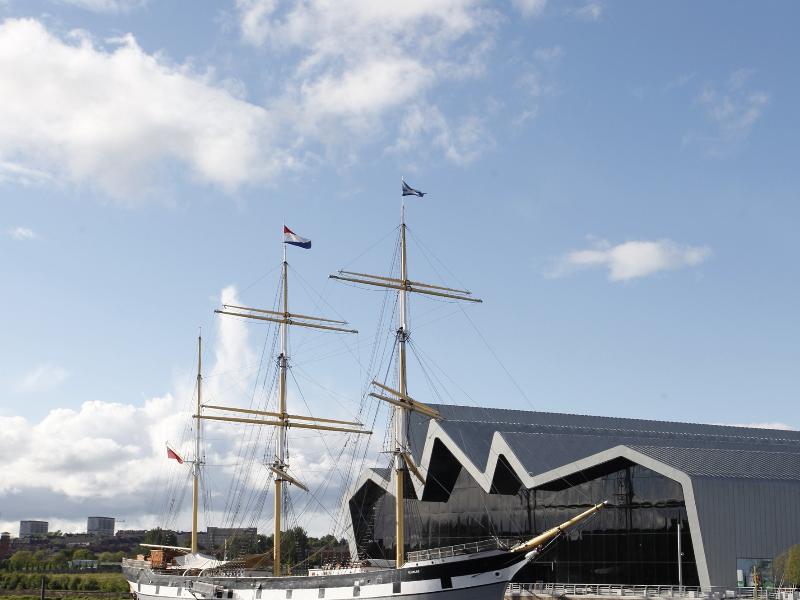
Glasgow's Riverside Museum
These SDFs have been informed by public consultation, with both the Govan-Partick and the Clyde Corridor draft frameworks going out to consultation between December 2018 and February 2019.
The Clyde Corridor SDF gives a spatial vision for the river corridor over the next 30 years, and has identified three main priorities:
- Recognising the Clyde Corridor as a major regeneration project of national significance;
- Unlocking sustainable development along the river corridor by addressing immediate challenges, and developing a long-term, responsive approach to managing the predicted increase in flooding in future years; and
- Promoting a design-led, placemaking approach to enhance and protect the townscape, heritage and environment of the River Corridor while delivering a well-connected and liveable city.
During this period, Govan and Partick will benefit from the availability of Glasgow City Region City Deal and Strategic Housing Investment Plan funding.
The council said it will continue to work with partners to deliver the vision for Govan-Partick, addressing the complex challenges and taking advantages of these connected but distinct neighbourhoods to ensure the maximum social, economic and physical benefit. Regenerating these neighbourhoods is seen as key to the regeneration of the river and the wider city.
These frameworks will now be presented to a meeting of the council’s city administration committee, and if approved, will then be submitted to Scottish Ministers for consideration, and will - unless significant modifications are proposed - be adopted as supplementary guidance to Glasgow’s City Development Plan.
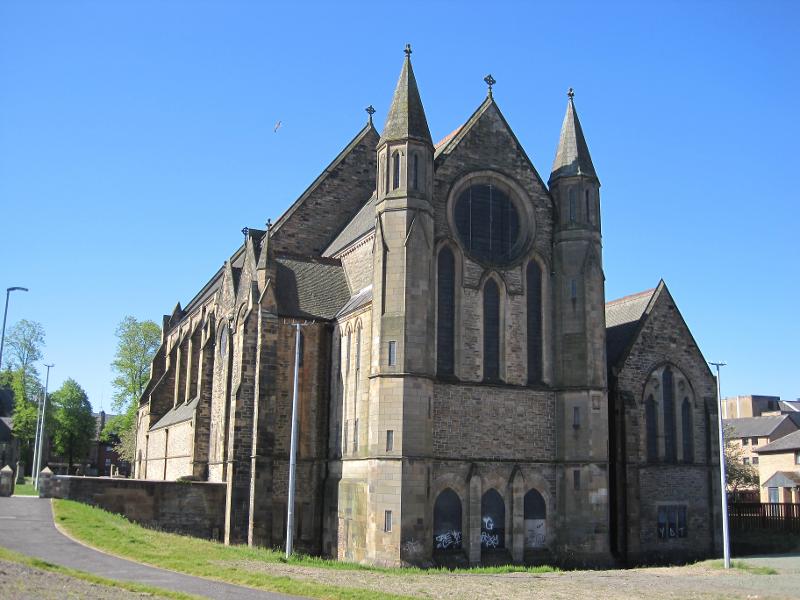
The Old Govan Parish Church
Progress made on the regeneration of Govan was also outlined yesterday.
There are a number of regeneration projects currently ongoing in Govan or contributing to the development of the area, including:
- The Central Govan Action Plan and the Govan Cross Townscape Heritage Initiative (which have together delivered £88 million in targeted regeneration since 2006);
- The £114m Glasgow City Deal West End & Waterfront Innovation Quarter, with key local projects delivering public realm improvements in Central Govan, the forthcoming Govan-Partick bridge, active travel schemes, and a mixed-use development at Water Row.
In addition, Govan has benefited from significant levels of housing investment and development frameworks for both the Govan-Partick ‘district’ and the river corridor points the way to ensuring the area maximises its potential as part of a revitalised Clyde waterfront.
The council is working with the University of Glasgow to develop the Glasgow Riverside Innovation District (GRID), a riverside quarter connecting the University, Central Govan and the Queen Elizabeth University Hospital. The aims behind the development of the GRID are the attraction of high-value tech businesses and an educated workforce, and inclusive economic growth, social innovation and civic renewal for Govan.
As part of the GRID, the University of Glasgow is being supported by the council in the development of the Clyde Waterfront Innovation Campus (CWIC) on areas of vacant and derelict land at Linthouse Road and Holmfauld Road. The campus will be a centre of excellence for a range of new industries, co-locating industry and world-class research.
Other ongoing projects in Govan that the committee was told about included the redevelopment of the former Old Govan Parish Church (overseen by Govan Heritage Trust), the first stage repair works at Elder Park Library and the interest - led by Govan Housing Association - in converting the B listed former Lyceum cinema into a community-owned music venue.













